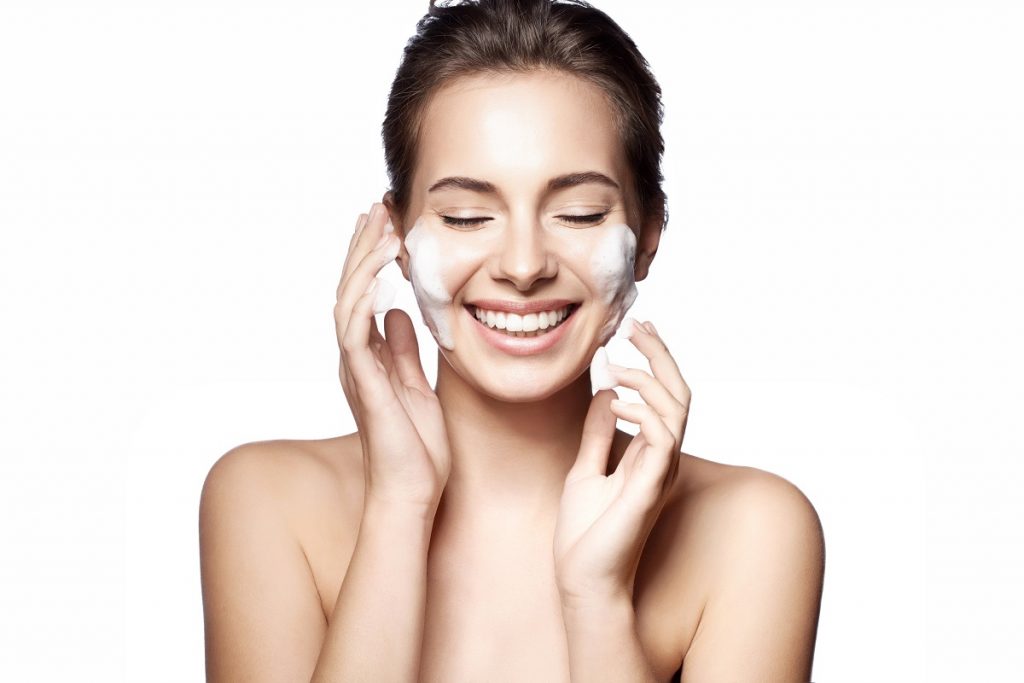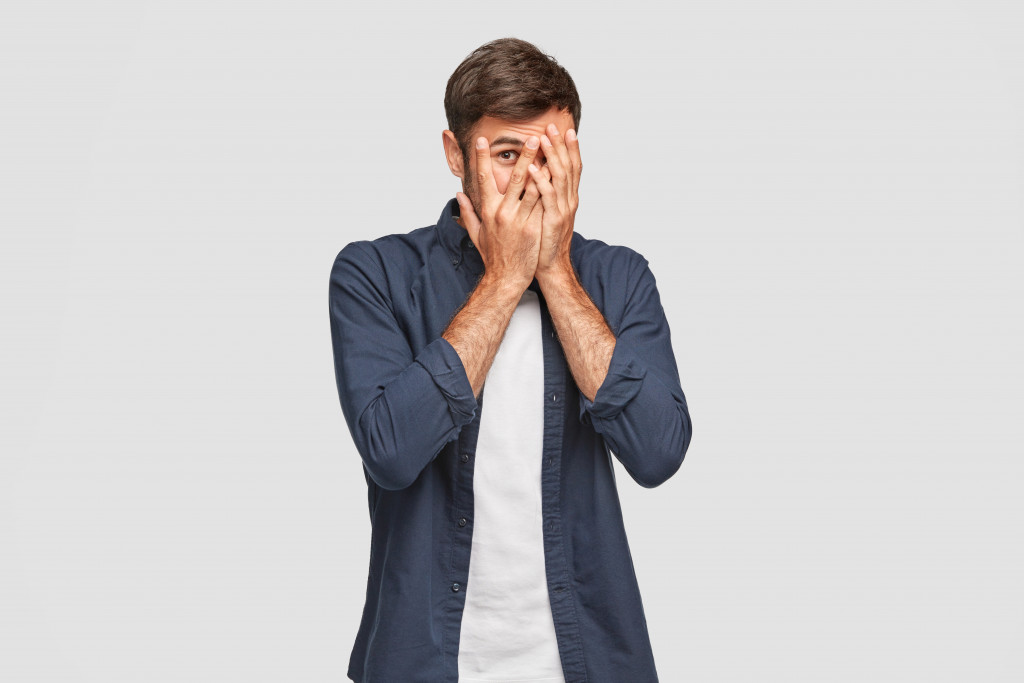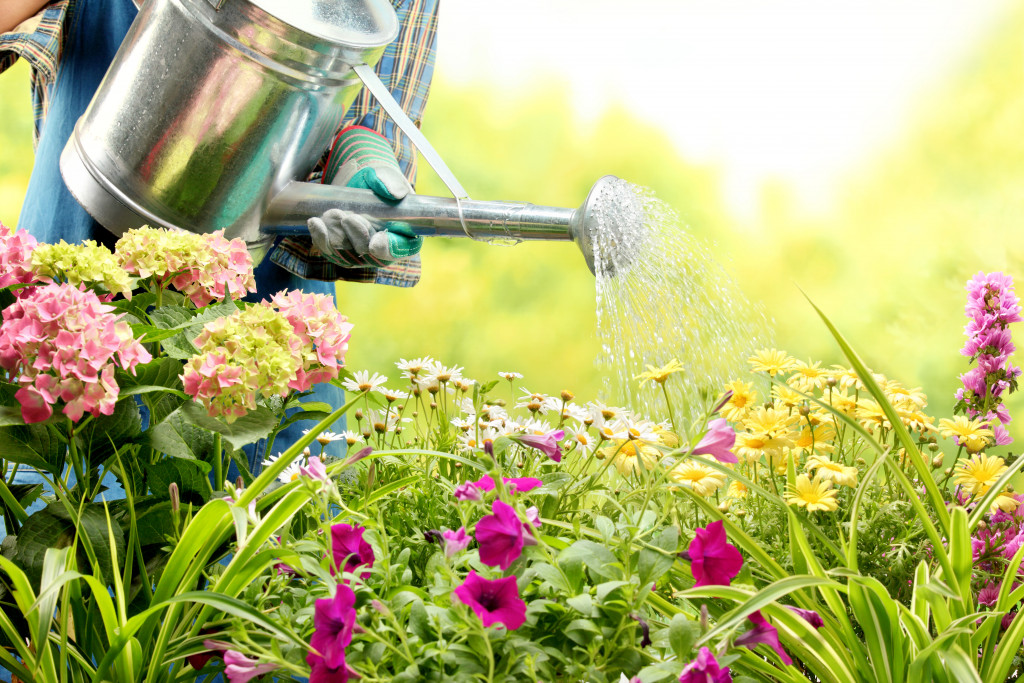There are countless beauty treatments that you can do at home, by yourself, and with a few simple tools. During this very long quarantine, you’ve probably done a few yourself either because you’re bored or you can’t go to the salon or spa to have someone else do it for you.
DIY treatments can be just as effective as those done by the pros, and they are often a lot cheaper, too. However, there are some beauty treatments that you shouldn’t do yourself for safety reasons and instead be done by a professional. Here are some of them:
1. Pimple extractions
You shouldn’t be popping pimples in the first place, much less very big cystic ones. Dry them up with a pimple patch or let them dry on their own. If you attempt to extract a major cystic pimple, you may transfer the bacteria to other parts of your face and end up with even more pimples. Moreover, if you pop your pimple too aggressively, your face may suffer pigmentation, scars, or even skin infections.
Instead of addressing major acne problems yourself, visit a dermatologist. Alternatively, try using exfoliating products to clear blemishes or apply anti-acne products to your face.
2. Balayage
You can certainly do a trendy balayage yourself if you have the skills and tools to do so. But if you don’t have the skills nor experience with this type of hair treatment, you may not want to risk a DIY procedure. A balayage is very complicated to do if you’re not a hairstylist. And if you want to have the best results, wait until you can go to a hair salon to have it done by a professional.
Otherwise, you may end up with a bad dye job and have to dye your hair again to cover it up. Since the chemicals in hair dye can be very harmful to your hair, dying your hair more than once or twice can weaken your hair strands and cause hair fall, breakage, or dryness.
3. Microneedling
Microneedling is the process of making small pricks to your skin to stimulate the production of new collagen, helping skin gain a smoother, tighter, and younger look. While there may be a lot of at-home microneedling tools available today, there is no guarantee that you will get the same results as when you have a professional do it.
Another big risk of microneedling at home is that if you do it wrong, it can cause scarring or hyperpigmentation. If you don’t want to risk it, go to someone that is licensed to perform the procedure instead. Sure, it may cost you more money, but at least you’re not risking scars or hyperpigmentation on your face.
4. Excessive chemical peels
DIY chemical peels are generally safe as long as you know what you’re doing, and as long as you don’t do it too often. Exfoliating is great for your skin and helps you achieve a glowy appearance, but only to a certain extent. If you perform too many chemical peels anywhere on your body, you may end up with inflamed skin and have to go to a professional to correct it anyway.
5. Henna hair dye

If you want to dye your hair at home, avoid henna. Although henna may be an all-natural option that is better for your hair health in the long run, it is permanent. This means that there may be no chance to lift it out of your hair if you are not satisfied with the results, and you can’t cover it with chemical dyes either since it can cause a chemical reaction. That said, if you want to get rid of the dye, you would have to cut your hair.
Instead of henna products, use environmentally-friendly chemical hair dyes instead. Aside from being easier to apply, you can layer chemical hair dyes over the other without risking a hazardous chemical reaction.
6. Skin tag removal
You should know by now that you shouldn’t remove skin tags on your own, yes, even if there are skin tag removal kits that you can buy online. Removing a skin tag in unhygienic surroundings can lead to infection. Furthermore, you need a professional to determine if it is a skin tag in the first place and not a lesion that needs further investigation.
Performing DIY beauty treatments at home is a great way to take care of yourself while saving money and keeping safe from COVID-19. However, avoid doing treatments that you shouldn’t be doing yourself, even if there are at-home tools or kits available. At the very least, you may not get the results you want. But most pressingly, you could make the problem worse and even get an infection.







